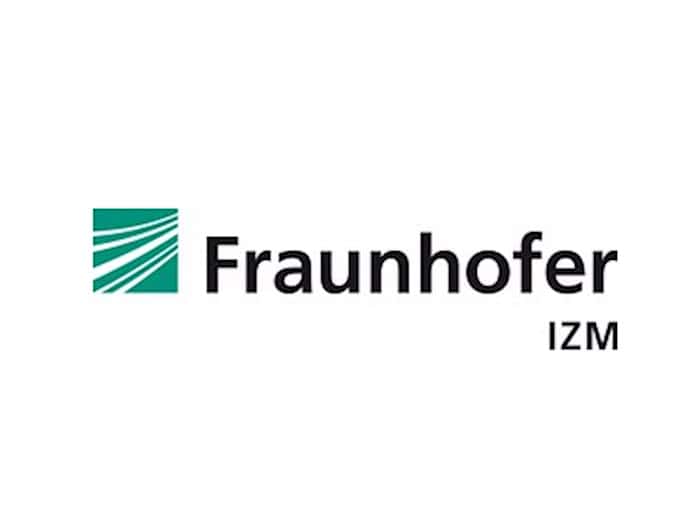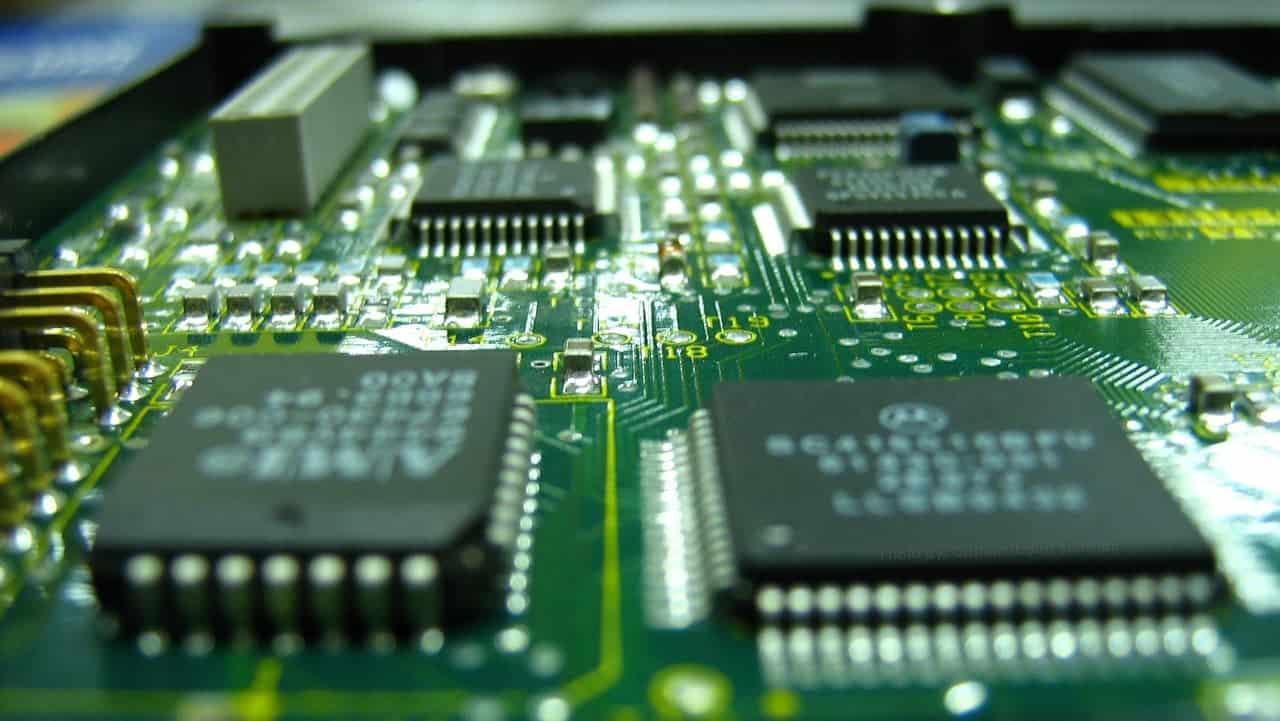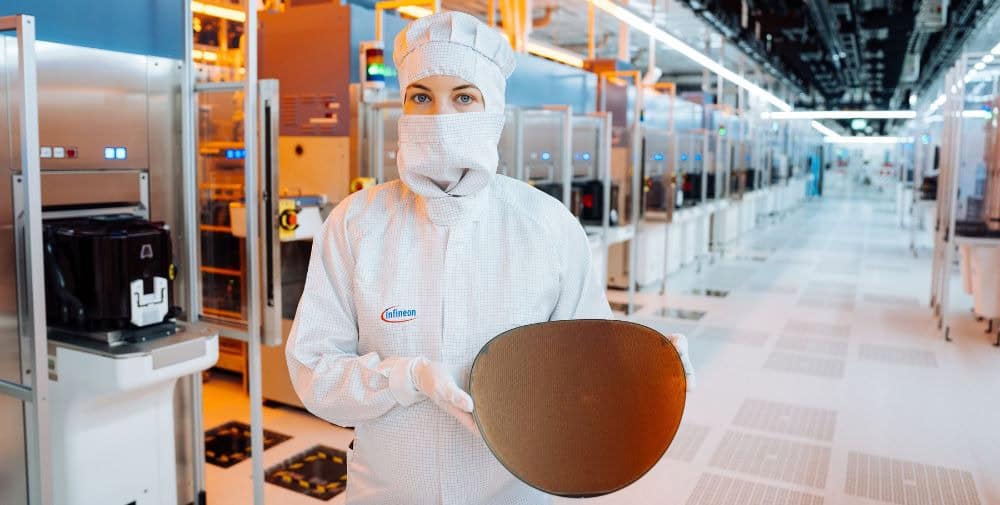
Indium phosphide semiconductors can operate at frequencies approaching or exceeding 1 terahertz (THz) and offer superior speeds and environmental friendliness through increased energy efficiency.
The 27-member Move2THz consortium aims to lay the foundations for a robust European supply and manufacturing ecosystem for InP semiconductors and address the barriers to wider adoption, including the cost and availability of InP wafers or substrates. The three-year project is funded by the European Union as well as the governments of France, Switzerland, Germany, Sweden, the Netherlands and Belgium.
Work will officially begin at a kick-off meeting on July 9 and 10 at Soitec’s headquarters in Bernin, France.
The members of the consortium are:
- France: Soitec (project leader); French Alternative Energies and Atomic Energy Commission; STMicroelectronics; National Center for Scientific Research; Institute of Electronics, Microelectronics and Nanotechnology; InPACT; III-V Lab; Almae Technologies; University of Bordeaux.
- Germany: Fraunhofer-Gesellschaft; Ferdinand-Braun-Institut, Leibniz-Institut für Höchstfrequenztechnik; Aixtron SE; University of Duisburg-Essen; Freiberger Compound Materials GmbH; Microwave Photonics GmbH; AdMOS GmbH Advanced Modeling Solutions.
- Belgium: Interuniversity Center for Microelectronics; Catholic University of Leuven; Incize.
- Switzerland: Diramics AG; ETH Zurich; Albis Optoelectronics AG.
- Sweden: Chalmers University of Technology AB; Low Noise Factory AB.
- Netherlands: Eindhoven University of Technology; Smart Photonics BV.
- Lithuania: Teraglobus.
Acknowledgement: Move2THz is supported by the Chips Joint Undertaking and its members, including additional funding from the national authorities of France, Switzerland, Germany, Sweden, the Netherlands and Belgium under grant agreement No 101139842.
Funded by the European Union. However, the views and opinions expressed are solely those of the author(s) and do not necessarily reflect those of the European Union or the granting authority. Neither the European Union nor the granting authority can be held responsible for them.
Contact
François Brunier (SOITEC)
francois.brunier@soitec.com
Uwe Maaß
Project manager
Fraunhofer IZM Branch Lab for High Frequency Sensors & High-Speed Systems
Gustav-Meyer-Allee 25
13355 Berlin
Phone: +49 355 383770-16
– – – – –
Further links
👉 www.izm.fraunhofer.de
👉 www.move2thz.eu
Photo: pixabay




